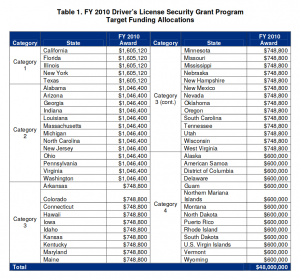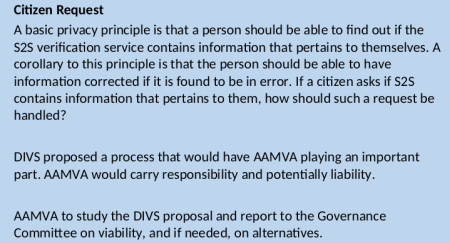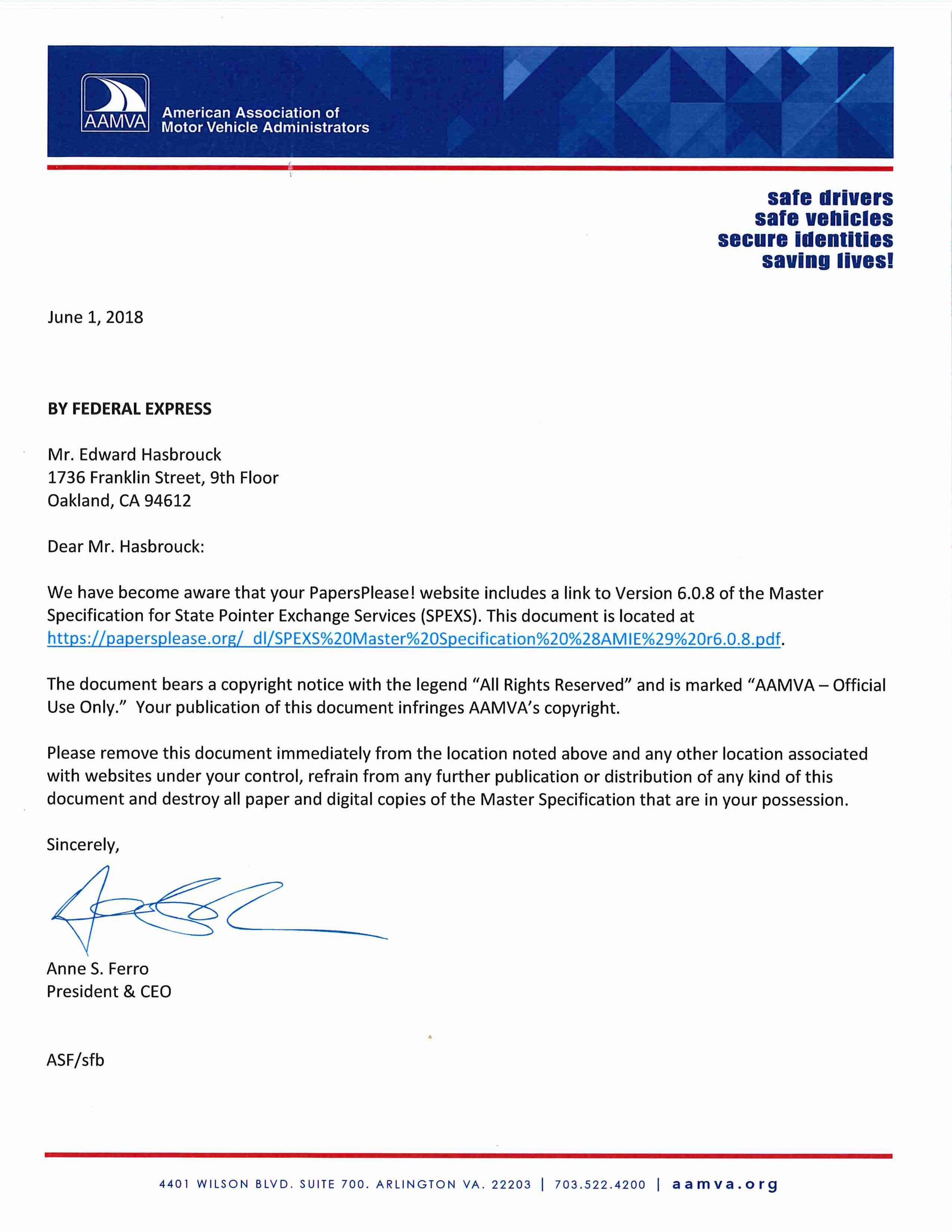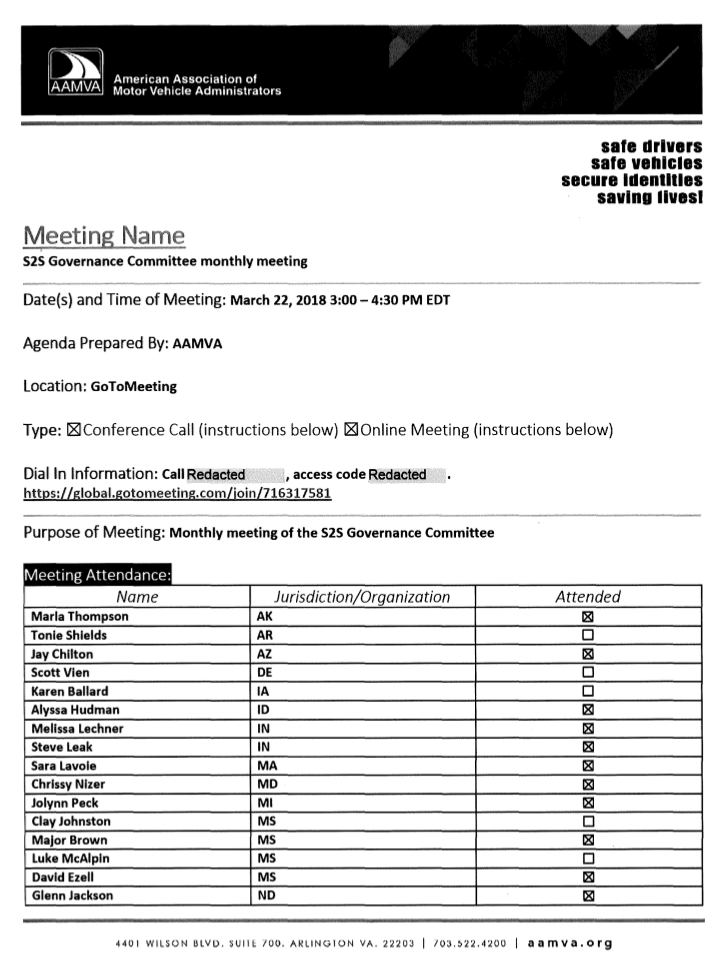How many times will the DHS cry wolf on REAL-ID?
The last time we checked in on the status of the seemingly endless game of “chicken” being played by the US Department of Homeland Security with its threats to start harassing air travelers who reside in states the DHS deems insufficiently “compliant”, every state and territory had been given another “extension” of time to demonstrate commitment to compliance until at least January 10, 2019.
Since then, the DHS, in its standardless administrative discretion, has announced further extensions until at least April Fools Day, 2019 (for the US Virgin Islands), for every state and territory except California and Guam.
But as of today, the DHS website says that, “California has an extension for REAL ID enforcement, allowing Federal agencies to accept driver’s licenses and identification cards from California at Federal facilities, nuclear power plants and federally regulated commercial aircraft until January 10, 2019.”
As of this morning, with the “deadline” less than 48 hours away, we got the following response to our questions about this from a spokesperson for the California DMV:
The State of California has been working for the better part of a year to be deemed compliant with the REAL ID act, unfortunately due to a lack of response on the part of the Federal Government with the ongoing shutdown there has been no final confirmation.
So was that a real deadline for REAL-ID in California?
Is the DHS really prepared to have TSA checkpoint staff — working for indefinitely deferred pay — start trying to carry out time-consuming “ID verification procedures” for everyone who shows up at an airport checkpoint with a California drivers’ license or ID, starting the day after tomorrow?
The answer turns out to be, “No.”
The DHS and TSA have blinked yet again in the face of insufficient state “compliance”.
We’ve just received the following updated statement from the DMV:
The California DMV has confirmed with the Department of Homeland Security (DHS) that they will be granting California an extension to April 1, 2019. Due to the furlough, the letter might not arrive until tomorrow and DHS will likely not be updating their website until the furlough ends. All driver licenses will remain valid and can continue to be used for federal purposes.
And this from a spokesperson for the TSA:
I recently learned from DHS that California’s extension has been extended through April 1, 2019…. Updates to their website are underway.
California doesn’t actually comply with the REAL-ID Act. That would require uploading data about all California drivers’ licenses and ID cards to the SPEXS national ID database, which California hasn’t done and which would probably violate multiple provisions of California’s state constitution. But DHS certifications and extensions are discretionary, and need not be based on any specific criteria or on actual compliance.
There’s still no public word about Guam, the extension for which is also scheduled to expire tomorrow.
“Phase 4b” of REAL-ID Act enforcement at airports supposedly started on January 22, 2018. Since then, the only state or territory where the DHS has let a REAL-ID extension lapse, even temporarily, has been American Samoa, for which another extension has now been granted until October 10, 2019. We’re still waiting for any response to our FOIA request for records of what happened to American Samoans who tried to fly during the period last year when the extension had lapsed.





